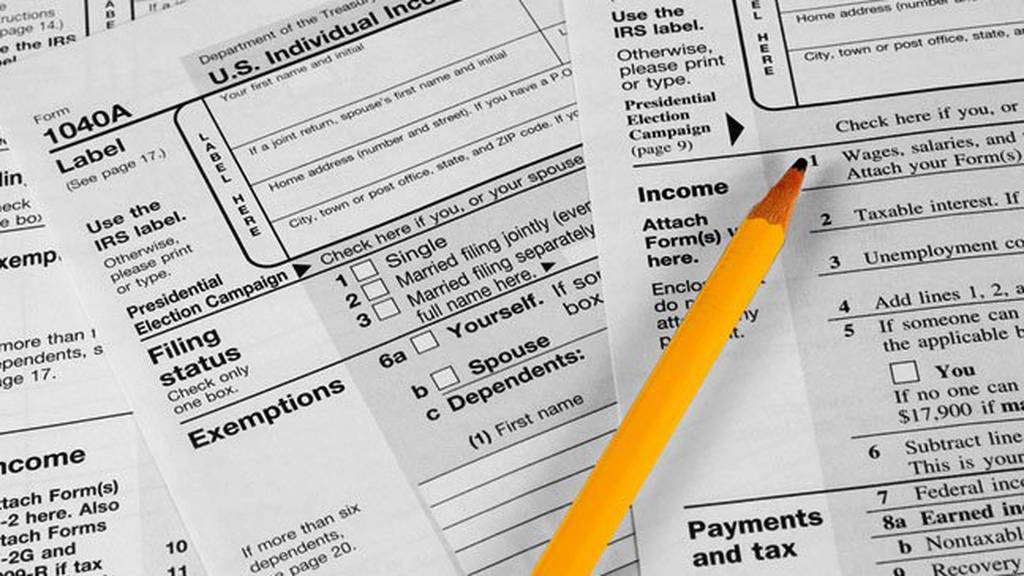Tax form 5695 allows you to claim your credits for the Nonbusiness Energy Credit and the Residential Clean Energy (RCE) credit. RCE is the new name for the Residential Energy Efficient Property (REEP) credit. You can qualify for these credit if you made energy efficient upgrades to your home.
A number of improvement costs can be credited against your annual income tax liability and the improvements can be done to any of your residences as long as they are in the US. The one exception is that the nonbusiness energy credit must be main to your principal residence.
You may be able to take a credit for up to 30% of qualified costs.
For the Nonbusiness Energy Credit you may credit:
- Purchase and installation costs of efficient heating and AC systems.
- Purchase and installation of efficient water heaters
- Purchase and installation of efficient stoves that run on biomass fuel
- Purchase of energy efficient doors, windows, skylights, some roofs, and the cost of increasing insulation in the home.
You can get a credit for up to 10% of the costs with a lifetime credit limit of $500, or $200 for the windows portion.
For the residential Clean Energy Credit you may credit:
- Purchase and installation of solar electric systems
- Purchase and installation of solar hot water systems
- Purchase and installation of wind energy systems
- Purchase and installation of geothermal heat pump systems
- Purchase and installation of fuel cell systems
You can deduct 30% of the costs associated with these items.
To fill out your Form 5695, you’ll need to start by gathering documentation related to any of the above costs. You’ll need to know the costs associated with installing any of the above improvements. This includes not just the cost of the parts associated with the improvements, but also the labor costs for installation.
You’ll also need a copy of your Form 1040. If you qualify for other credits, you may not qualify for the full amount of credits available for home weatherization improvements.
Having your 1040 handy will help you find and enter to relevant data to figure out how much credit you qualify for. (It may sound complicated, but don’t worry. In practice, it’s as easy as following the instructions on From 5695 to find the right numbers on your 1040.)
You’ll also need the kilowatt-hour capacity of any solar, wind, geothermal, or fuel cell systems whose costs you’re claiming for the credit. Once you have all of that information gathered, Form 5695 basically fills out itself. All you need to do is copy certain costs to the form.
Then, it will instruct you on how to total them, and help you figure out the amount of your credit. Remember, if you have any questions, don’t hesitate to contact a professional. A tax pro can make sure that you follow all pertinent laws while maximizing your take-home amount.
Read More: What Is The Cheapest Tax Software









